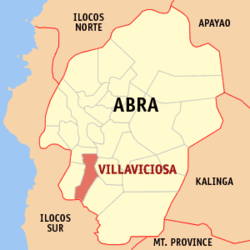
Bucay, officially the Municipality of Bucay, is a 3rd class municipality in the province of Abra, Philippines. According to the 2020 census, it has a population of 17,953 people.

Bucloc, officially the Municipality of Bucloc, is a 6th class municipality in the province of Abra, Philippines. According to the 2020 census, it has a population of 2,395 people.

Danglas, officially the Municipality of Danglas, Municipal District of Danglas, is a 5th class municipality in the province of Abra, Philippines. According to the 2020 census, it has a population of 4,074 people.

Dolores, officially the Municipality of Dolores, is a 5th class municipality in the province of Abra, Philippines. According to the 2020 census, it has a population of 11,512 people.
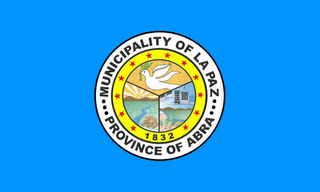
La Paz, officially the Municipality of La Paz, is a 5th class municipality in the province of Abra, Philippines. According to the 2020 census, it has a population of 16,493 people.
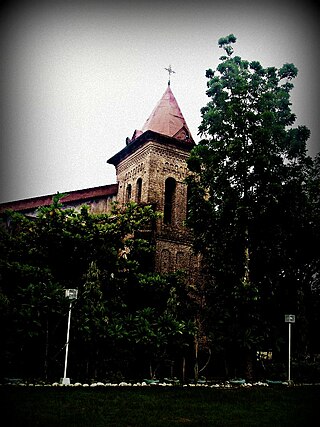
Lagangilang, officially the Municipality of Lagangilang, is a 5th class municipality in the province of Abra, Philippines. According to the 2020 census, it has a population of 14,914 people.

Lagayan, officially the Municipality of Lagayan, is a 5th class municipality in the province of Abra, Philippines. According to the 2020 census, it has a population of 4,488 people.

Langiden, officially the Municipality of Langiden, is a 5th class municipality in the province of Abra, Philippines. According to the 2020 census, it has a population of 3,576 people.

Licuan-Baay, officially the Municipality of Licuan-Baay, is a 5th class municipality in the province of Abra, Philippines. According to the 2020 census, it has a population of 4,566 people.

Luba, officially the Municipality of Luba, is a 5th class municipality in the province of Abra, Philippines. According to the 2020 census, it has a population of 6,518 people.

Boliney, officially the Municipality of Boliney, is a 5th class municipality in the province of Abra, Philippines. According to the 2020 census, it has a population of 4,551 people.
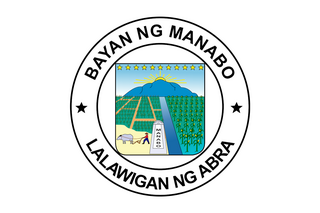
Manabo, officially the Municipality of Manabo, is a 5th class municipality in the province of Abra, Philippines. According to the 2020 census, it has a population of 11,611 people.

Peñarrubia, officially the Municipality of Peñarrubia, is a 6th class municipality in the province of Abra, Philippines. According to the 2020 census, it has a population of 6,951 people.

Pidigan, officially the Municipality of Pidigan, is a 5th class municipality in the province of Abra, Philippines. According to the 2020 census, it has a population of 12,475 people.

Pilar, officially the Municipality of Pilar, is a municipality in the province of Abra in the Cordillera Administrative Region of the Philippines. The population was 10,146 at the 2020 census.

San Isidro, officially the Municipality of San Isidro, is a 5th class municipality in the province of Abra, Philippines. According to the 2020 census, it has a population of 4,745 people.

San Quintin, officially the Municipality of San Quintin, is a 5th class municipality in the province of Abra, Philippines. According to the 2020 census, it has a population of 5,705 people.

Tayum, officially the Municipality of Tayum, is a 5th class municipality in the province of Abra, Philippines. According to the 2020 census, it has a population of 14,869 people.
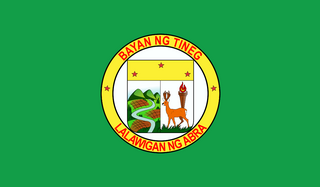
Tineg, officially the Municipality of Tineg, is a 2nd class municipality in the province of Abra, Philippines. According to the 2020 census, it has a population of 4,977 people.

Tubo, officially the Municipality of Tubo, is a 4th class municipality in the province of Abra, Philippines. According to the 2020 census, it has a population of 5,674 people.
